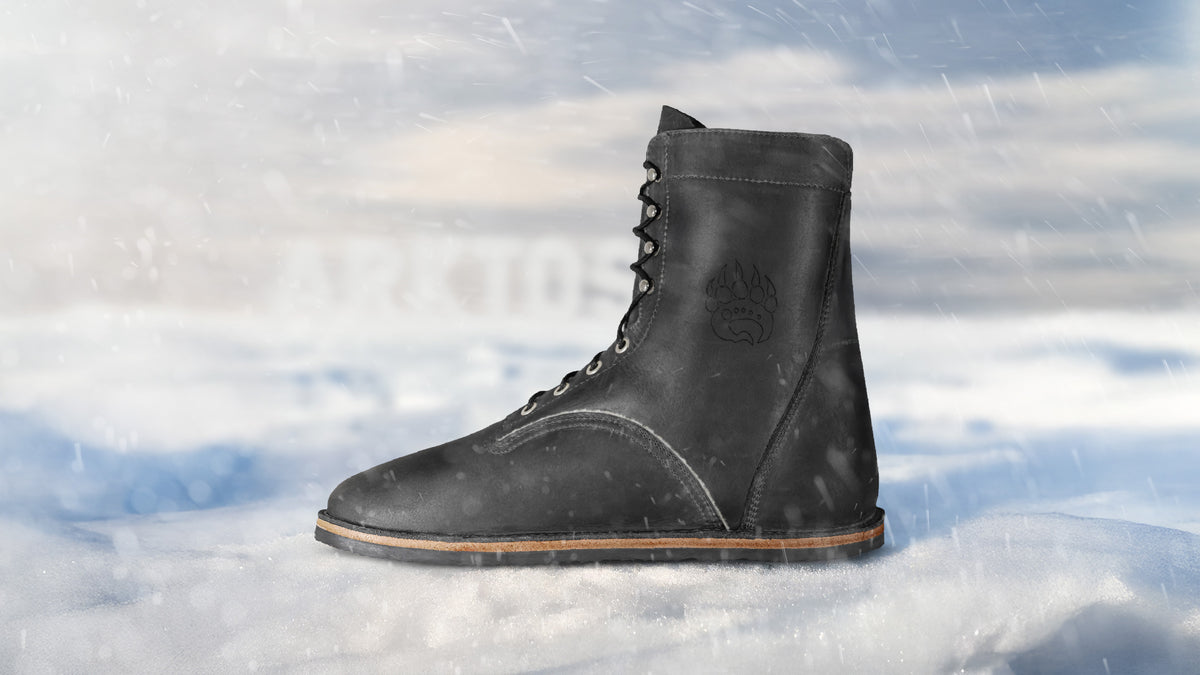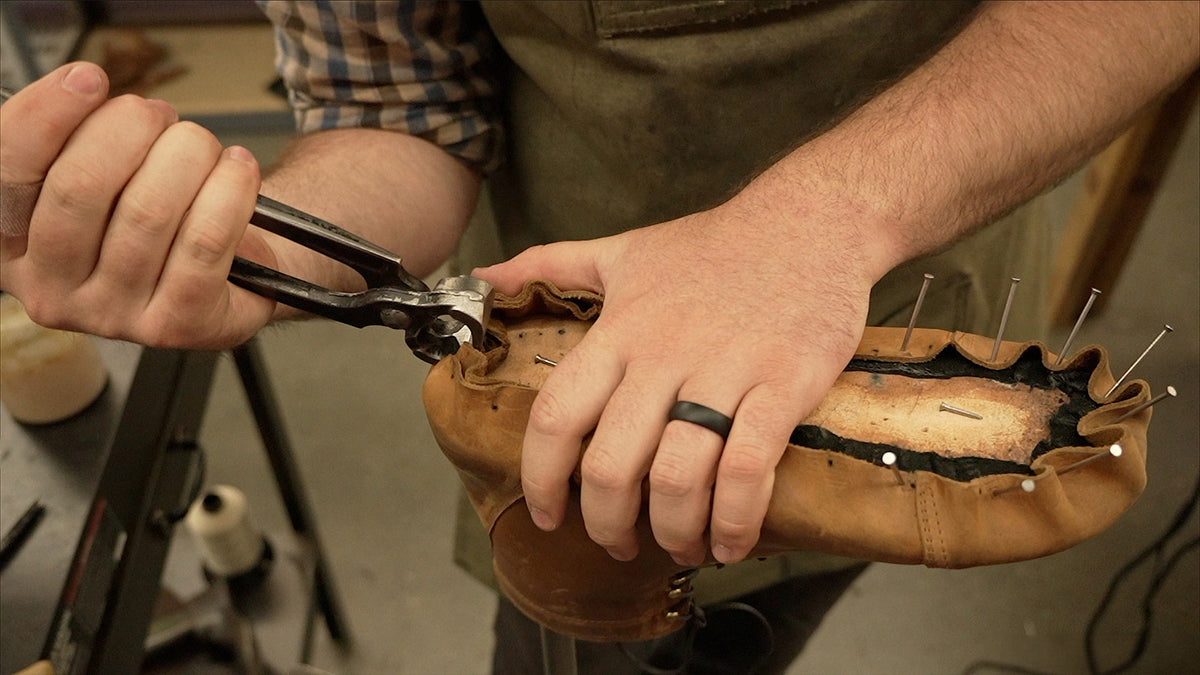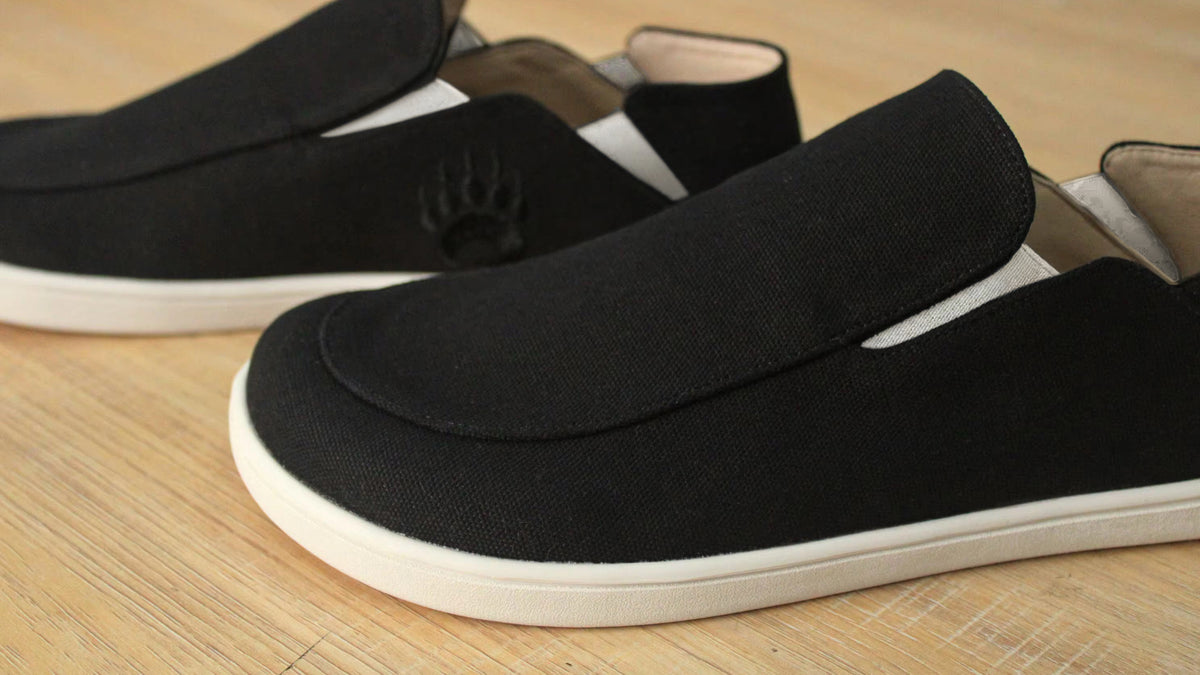Why Minimalist Footwear Benefits Developing Feet
In recent years, barefoot shoes have emerged as a compelling alternative to conventional footwear, particularly for children in their formative years. This shift isn't merely a passing trend but is increasingly supported by scientific research. A groundbreaking study published in PLOS ONE by researchers Gimunová, Kolářová, Vodička, Bozděch, and Zvonař provides substantial evidence that barefoot shoes may offer significant advantages for developing feet. Let's explore the comprehensive benefits of barefoot shoes and why parents might want to reconsider their children's footwear choices.
The Scientific Foundation: Understanding the Research
The study used a methodical approach to comparing barefoot shoes with conventional footwear. Researchers followed 30 toddlers over seven months, dividing them into two equal groups: 15 children wearing barefoot shoes (BF group) and 15 children wearing conventional shoes (N-BF group). This research is particularly valuable because it is longitudinal, beginning one month after the children took their first five unsupported steps.
Using sophisticated measurement tools, specifically the Emed® platform (Novel GmbH, Germany), researchers collected precise data on:
- Arch index
- Dynamic foot anthropometry
- Foot progression angle
- Contact area
- Contact time
- Peak pressure
- Maximum force
This comprehensive data collection allowed for a detailed comparison between the two groups, revealing subtle but significant differences in foot development.
Key Findings: The Barefoot Advantage
The results of the study revealed several important advantages for children wearing barefoot shoes:
1. Superior Arch Development
Children in the barefoot shoe group developed noticeably higher plantar arches than those of conventional shoes. This finding has profound implications for long-term foot health. The arch of the foot serves as a critical natural shock absorber, helping to distribute forces during walking and running.
A well-developed arch:
- Absorbs impact forces more effectively
- Reduces stress on the plantar fascia
- Minimizes excessive pronation (inward rolling of the foot)
- Supports overall foot stability
- May prevent future problems such as plantar fasciitis and other foot pain
2. Improved Gait Mechanics
The study found that children wearing barefoot shoes demonstrated a smaller foot progression angle. This technical term refers to the angle at which the foot points relative to the direction of travel during walking. A more natural, smaller angle indicates that the foot is pointing more directly forward rather than outward.
This improved alignment offers several benefits:
- More efficient energy transfer during walking
- Reduced rotational stress on knees and ankles
- Better balance and stability
- More natural activation of foot and leg muscles
- Potential reduction in future gait abnormalities
3. Proportional Foot Development
Interestingly, both groups maintained proper forefoot width proportional to foot length throughout the study. This suggests that barefoot shoes allow for natural width development while providing other benefits, combining the best of both worlds.
The Biomechanics of Barefoot Walking: Why It Matters
To fully appreciate why barefoot shoes offer advantages, we need to understand the biomechanics of natural foot movement. The human foot is an evolutionary marvel, containing:
- 26 bones
- 33 joints
- Over 100 muscles, tendons, and ligaments
This complex structure is designed to:
- Adapt to uneven terrain
- Provide sensory feedback about the ground
- Distribute weight and absorb shock
- Propel the body forward efficiently
Conventional shoes often interfere with these natural functions in several ways:
Restrictive Toe Boxes
Many conventional shoes feature narrow, pointed toe boxes that compress the toes inward. This can lead to:
- Restricted toe splay during walking
- Potential for toe deformities like bunions or hammertoes
- Reduced stability from a narrower base of support
- Compromised natural foot strength development
Elevated Heels
Even modest heel elevation in children's shoes can significantly alter biomechanics:
- Shifts weight distribution forward unnaturally
- Changes ankle position and limits range of motion
- Shortens Achilles tendon and calf muscles over time
- Alters natural posture and alignment up the kinetic chain
Rigid, Thick Soles
Conventional shoes often feature thick, inflexible soles that:
- Block sensory feedback from the ground
- Limit natural foot flexion and movement
- Reduce proprioception (awareness of body position)
- Prevent natural muscle engagement
Artificial Arch Support
While well-intentioned, built-in arch supports can do the following:
- Prevent natural arch muscle development
- Create dependency on external support
- Interfere with the foot's natural shock-absorbing mechanism
- Potentially lead to weakened intrinsic foot muscles
The Developmental Importance of Early Years
The findings from Gimunová's study are particularly significant because they focus on toddlers in their first months of walking. This period represents a critical developmental window for foot structure and function.
During the first few years of life:
- Foot bones are still largely cartilaginous and malleable
- Gait patterns are being established
- Neurological connections for movement are forming
- Muscle strength and coordination are developing rapidly
Choices made during this period can have lasting effects. The study suggests that barefoot shoes may help establish optimal patterns that benefit children throughout life.
Beyond Foot Health: Whole-Body Benefits
The advantages of barefoot shoes extend well beyond just foot development. The foot-ground connection forms the foundation for overall movement quality and has cascading effects throughout the body:
Enhanced Proprioception and Balance
When feet can feel the ground more precisely:
- Balance mechanisms develop more robustly
- The brain receives richer sensory information
- Coordination improves more naturally
- Children develop greater confidence in movement
- Fall prevention skills improve
Improved Posture and Alignment
Natural foot positioning influences alignment up the entire kinetic chain:
- Ankles maintain proper positioning
- Knees track more effectively
- Hip alignment improves
- Spinal positioning benefits
- Head position normalizes
Stronger Core Musculature
Barefoot-style walking engages more muscles:
- Intrinsic foot muscles work harder
- Leg muscles activate in more natural patterns
- Hip stabilizers engage more effectively
- Core muscles respond to more varied ground feedback
- Overall movement patterns become more integrated
Cognitive Benefits
There's growing evidence that rich sensory feedback from the feet might even have cognitive benefits:
- Enhanced spatial awareness
- Improved body mapping in the brain
- Better integration of sensory information
- Potentially improved focus and attention
- More natural development of motor planning skills
Comparing Barefoot Shoes to Conventional Designs: The Technical Differences
Understanding the specific design elements that differentiate barefoot shoes from conventional models helps clarify why the study results showed such differences:
Barefoot Shoe Characteristics:
- Zero-Drop Design: No difference in height between heel and toe, allowing natural foot positioning
- Thin, Flexible Soles: Typically 3-8mm thick, permitting ground feel while providing protection
- Wide Toe Box: Shaped to the natural foot outline, allowing toes to spread and grip
- Minimal Structure: Limited or no arch support, heel counter, or motion control elements
- Lightweight Construction: Minimal materials, reducing the energy required for movement
- Flexible Materials: Soft, pliable uppers that move with the foot rather than restricting it
Conventional Shoe Characteristics:
- Elevated Heels: Even children's shoes often have 4-10mm heel elevation
- Thick, Rigid Soles: Typically 10-20mm thick with limited flexibility
- Narrow Toe Boxes: Often tapered or pointed, compressing toes
- Structured Support: Built-in arch support, firm heel counters, motion control features
- Heavier Construction: More materials add weight to each step
- Stiff Materials: Less flexible uppers that may restrict natural foot movement
Real-World Implementation: Making the Barefoot Transition
For parents interested in applying the study's findings, here's a comprehensive guide to transitioning children to barefoot shoes:
Starting Early
The ideal time to introduce barefoot shoes is before walking patterns become firmly established:
- Consider barefoot shoes as a first walking shoe
- Allow plenty of completely barefoot time during pre-walking phases
- Look for pre-walking shoes with minimal interference if weather necessitates footwear
Gradual Transition for Older Children
For children already accustomed to conventional shoes:
- Begin with short periods in barefoot shoes
- Increase duration progressively
- Pay attention to any discomfort and adjust accordingly
- Consider starting at home before wearing to school or other activities
- Allow rest periods if muscles fatigue initially
Selecting Quality Barefoot Shoes
Not all barefoot shoes are created equal. Look for:
- Completely flat sole with no elevation
- Sufficient width, especially in the toe box
- Minimal thickness while providing appropriate protection
- Secure attachment to the foot (laces, straps, or elastic)
- Durable materials appropriate for children's activities
- Weather-appropriate options for year-round wear
Complementary Barefoot Activities
To maximize the benefits of barefoot shoes:
- Encourage regular barefoot time at home on various surfaces
- Provide opportunities for barefoot play on grass, sand, and other natural surfaces
- Consider barefoot-friendly movement activities like yoga or certain martial arts
- Incorporate foot-strengthening exercises like picking up objects with toes
- Provide exposure to varied textures and surfaces when safe
Addressing Common Concerns and Misconceptions
Despite the growing evidence supporting barefoot shoes, many parents have understandable concerns:
1. Protection from Injury
- Concern: Barefoot shoes don't provide enough protection.
- Evidence: Quality barefoot shoes offer sufficient protection from everyday hazards while allowing natural movement. Their thin but durable soles protect against sharp objects while preserving the feel of the ground.
2. Support for Developing Feet
- Concern: Children need support for proper development.
- Evidence: The study directly contradicts this, showing better arch development without artificial support. Human feet developed to form arches naturally through use, not external support.
3. Cost Considerations
- Concern: Quality barefoot shoes are expensive.
- Perspective: While some can initially be more expensive, quality barefoot shoes often last longer and contribute to foot health, potentially reducing future healthcare costs associated with foot problems.
Long-Term Implications: What the Research Suggests for the Future
The seven-month study period showed significant differences between the groups, but the implications likely extend much further:
Physical Development Trajectory
Children who develop stronger arches and more natural gait patterns may experience:
- Reduced likelihood of flat feet and pronation issues
- Better biomechanical efficiency in walking and running
- Potentially lower rates of common foot ailments in adulthood
- More natural movement patterns that persist into later life
- Greater foot strength and resilience
Athletic Performance Potential
Natural foot development may influence athletic capabilities:
- Better proprioception for improved agility
- More effective force transfer for jumping and running
- Enhanced balance for sports requiring stability
- Stronger intrinsic foot muscles for endurance
- Potentially reduced injury rates through better mechanics
Lifelong Foot Health
The study's conclusion suggesting parents "introduce barefoot shoes or create a habitual barefoot time for their child" has significant implications for lifelong foot health:
- Early establishment of proper arch structure
- Prevention of common foot deformities
- Maintenance of natural foot width and toe alignment
- Stronger foot musculature throughout life
- Potential reduction in foot pain and problems with aging
A Step in the Right Direction
The research by Gimunová and colleagues provides compelling evidence that barefoot shoes offer tangible advantages for toddlers' developing feet. The higher plantar arches and more natural gait patterns observed in children wearing barefoot shoes suggest that minimalist footwear may better support natural foot development during this critical period.
As parents, we make countless decisions that impact our children's development. The choice of footwear, often overlooked, deserves thoughtful consideration. By choosing barefoot shoes or incorporating regular barefoot time, we can support healthier feet and better overall movement, posture, and physical development.
While conventional shoes have their place in certain environments and situations, the growing body of evidence supporting barefoot-style footwear for developing feet is difficult to ignore. For parents wanting to give their children the best start in physical development, barefoot shoes appear to be more than just a trend—they represent a return to the natural conditions under which human feet evolved to develop and function optimally.
The next time you shop for children's shoes, consider that the best support might be less. This would allow young feet to develop natural strength, structure, and function.




























